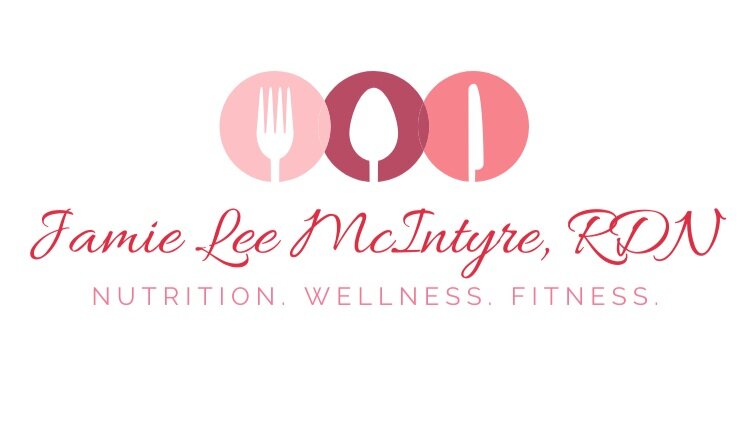Prebiotics & Probiotics: What They Are and How to Get More for Gut Health
Gut health is having a moment — and for good reason. Your digestive system houses trillions of bacteria, both “good” and “bad,” that play an important role in immunity, digestion, and even mood. Enter probiotics and prebiotics, two key players that help keep your gut balanced and your body thriving.
Here’s what they are, where to find them, and simple ways to add more to your daily meals.
What Are Probiotics?
Probiotics are the beneficial bacteria that help keep your gut microbiome balanced. They support digestion, strengthen immunity, and may even help with issues like:
Diarrhea (especially after taking antibiotics)
Eczema and skin health
Certain gastrointestinal symptoms like bloating, gas, and constipation
Some studies suggest probiotics may also play a role in supporting weight management and lowering cancer risk — though the evidence is still emerging.
What Are Prebiotics?
If probiotics are the “good bugs,” prebiotics are the food they eat. Prebiotics are types of fiber (like inulin) that feed probiotics and help them grow and thrive in your gut. When prebiotics and probiotics work together, you get a healthier gut microbiome overall.
Best Food Sources of Prebiotics & Probiotics
You can find probiotics naturally in fermented foods like:
Yogurt (look for “live and active cultures” on the label)
Kefir (a tangy, drinkable cultured milk beverage)
Sauerkraut, kimchi, miso, tempeh
Kefir is especially probiotic-rich, containing multiple strains of Lactobacillus, Leuconostoc, Acetobacter, Streptococcus, and even some beneficial yeasts that you won’t find in yogurt. Bonus: most people who are lactose intolerant can tolerate yogurt and kefir because the live cultures naturally help “predigest” the lactose.
Prebiotics are found in high-fiber plant foods, including:
Garlic, onions, and leeks
Bananas
Asparagus
Chicory root and Jerusalem artichokes
Whole grains like oats and barley
Some foods (like kefir) contain both probiotics and prebiotics, making them a gut-health powerhouse.
Tips for Adding Probiotics & Prebiotics to Your Diet
Eat them regularly. Consistency matters more than quantity — try to include a probiotic food daily.
Watch added sugars. Choose plain or lightly sweetened yogurts and kefirs to avoid excess sugar, which can feed less-beneficial bacteria.
Pair with fiber. Combine probiotics with a prebiotic source (for example, yogurt + banana) to “feed” your good bacteria.
Easy Kefir Smoothie Recipe
This recipe is an easy way to boost probiotics, fiber, and nutrients in one delicious breakfast.
Ingredients:
8 oz. plain 1% kefir
1 cup fresh or frozen mango
1 handful baby spinach
1 Tbsp ground flaxseed
Directions:
Blend all ingredients until smooth. Add a splash of milk (dairy or plant-based) if you prefer a thinner texture.
Bottom Line
Including prebiotics and probiotics in your daily routine can help support digestion, immunity, and overall wellness. Focus on whole-food sources like yogurt, kefir, fruits, vegetables, and whole grains for a balanced, nutrient-packed approach to gut health.

